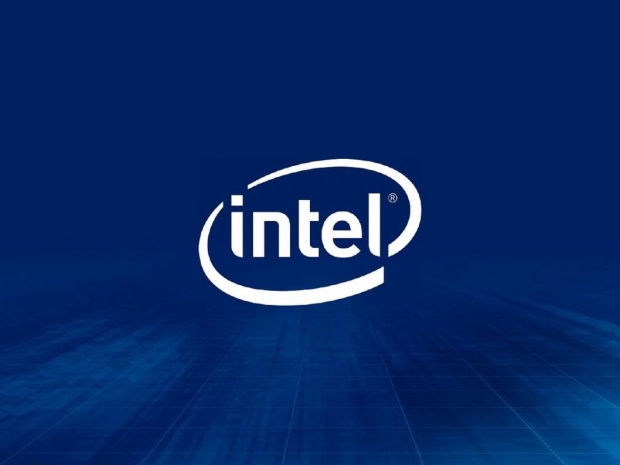Addressing the assembled throngs at RSA 2018 security conference, Intel has been talking about the Intel Security Essentials which standardises security features across Intel processors by giving it Threat Detection Technology.
According to Hexus, it has been a team affair with Intel working closely with Microsoft and Cisco to enable something called Intel TDT. Microsoft has already integrated Accelerated Memory Scanning into Microsoft Windows Defender Advanced Threat Protection’s (ATP) antivirus capability, available now. Advanced Memory Scanning detects system memory-based cyber attacks with low CPU cost, and using less energy, as it leverages Intel iGPUs. In early benchmarks on Intel test systems show CPU utilisation dropped from 20 percent to as little as two per cent.
The Intel TDT security enhancements need a 6th, 7th, or 8th generation Intel processor for GPU acceleration. Some of this appears to be a spin-off from Intel's work on Spectre. It means that Intel Security Essentials will “ensure a consistent set of critical root-of-trust hardware security capabilities across Intel Core, Intel Xeon and Intel Atom processors”. It means that that the system will ensure the integrity of Intel’s secure boot, hardware protections (for data, keys and other digital assets), accelerated cryptography and trusted execution enclaves.
Chipzilla also assured the conference that when Security Essentials is integrated into silicon, they will have minimal impact on processor performance.




